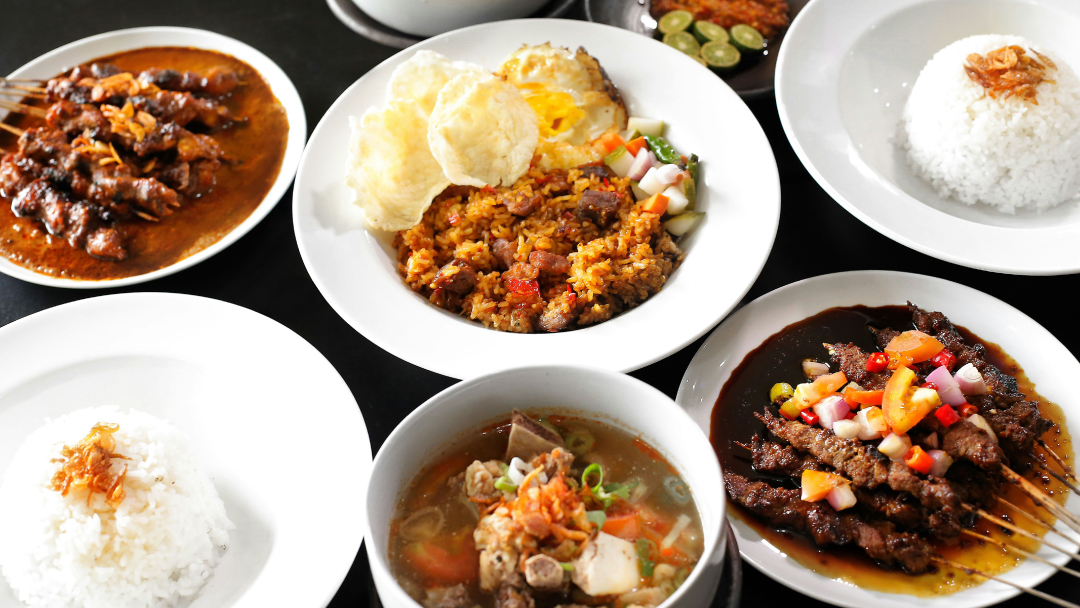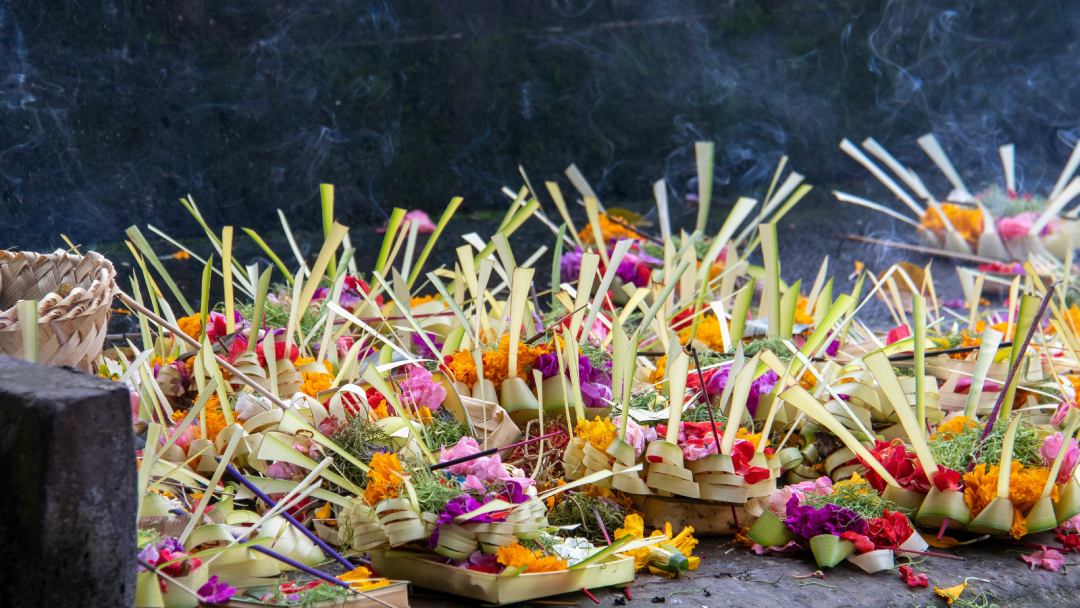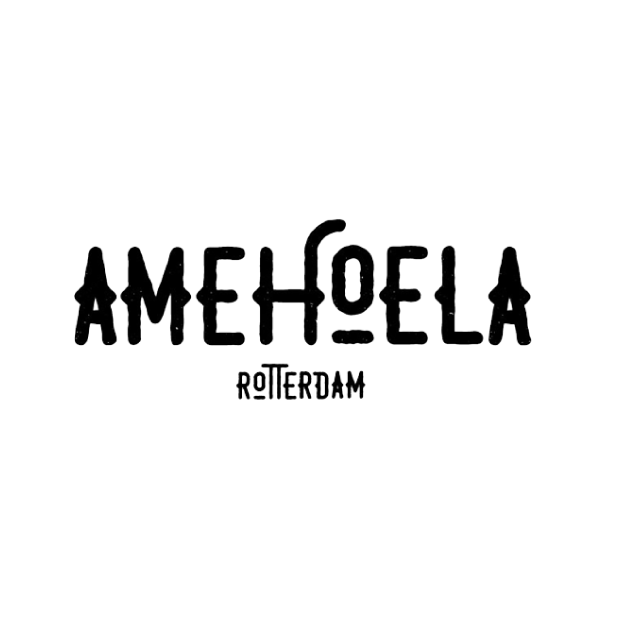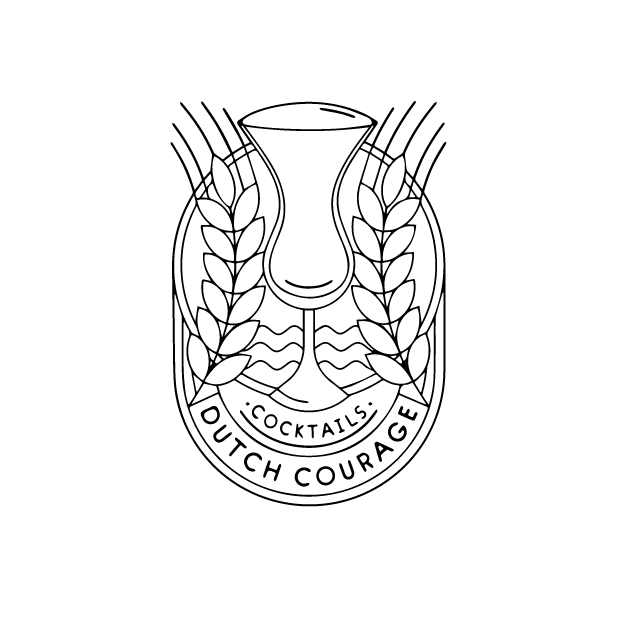Indonesian influences in Holland
A part of the Bandoeng’22 brand Identity has to do with the historical connection between the Netherlands and Indonesia. The Dutch-Indonesian community in the Netherlands, often referred to as Indo-Dutch or simply Indos, represents a unique and dynamic blend of cultures resulting from centuries of historical interaction between the Netherlands and Indonesia. As two of Bandoeng’22 co-owners are Indos, lets explores the origins, migration patterns, cultural contributions, and status of Dutch-Indonesian people living in the Netherlands.
Historical Context
The connection between the Netherlands and Indonesia dates to the early 17th century when the Dutch East India Company (VOC) established trading posts and colonies in the Indonesian archipelago. Over time, interactions between Dutch settlers and local populations led to the emergence of a mixed-heritage community known as Indos.
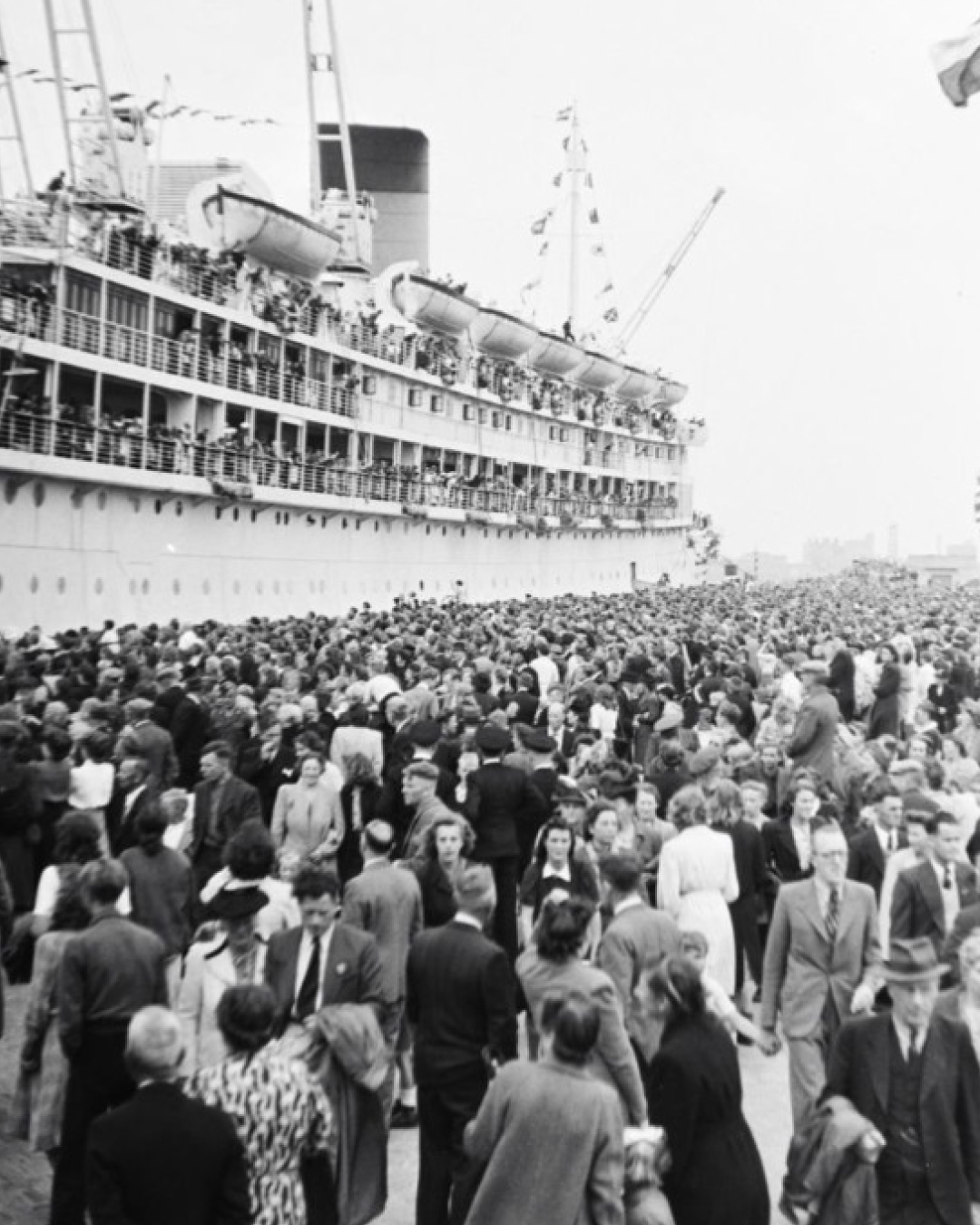
Colonial Era
During the colonial period, Indos occupied a distinct social class within the Dutch East Indies, often serving as intermediaries between the Dutch colonial administration and the indigenous population. They were typically educated in Dutch schools and adopted many aspects of Dutch culture while maintaining elements of their Indonesian heritage.
Post-Independence Migration
The Indonesian struggle for independence, culminating in 1949, and subsequent political changes had a profound impact on the Indo-Dutch community. Many Indos faced uncertainty and discrimination in the newly independent Indonesia, prompting a significant wave of migration to the Netherlands. This exodus continued through the 1950s and 1960s, driven by various social, economic, and political factors.
Migration Patterns and Settlement
The arrival of Indo-Dutch migrants in the Netherlands was characterized by several distinct phases:
Initial Waves (1945-1960)
The first major wave of Indo-Dutch migration occurred immediately after World War II and Indonesia’s independence. Many families were repatriated or chose to relocate to the Netherlands, seeking stability and security. These early migrants often faced challenges in adjusting to life in the Netherlands, dealing with cultural differences, economic hardships, and societal prejudice. The family of co-owner Marc Pieplenbosch was among those who came with the first wave.
Subsequent Waves (1960s-1970s)
The 1960s and 1970s saw continued migration as political instability and anti-Dutch sentiments in Indonesia led more Indos to seek refuge in the Netherlands. By this time, established Indo communities provided support networks for new arrivals, facilitating their integration into Dutch society. The family of co-owner Fajar Ramadhany was among those who came during the subsequent waves.
Cultural Contributions
The Dutch-Indonesian community has made significant contributions to Dutch society, enriching it with their unique cultural heritage. Their influence is evident in various aspects of Dutch life:
Cuisine
One of the most visible and celebrated contributions of the Indo-Dutch community is their cuisine. Indonesian dishes such as: rijsttafel (rice table), nasi goreng (fried rice), satay, and sambal have become integral parts of Dutch culinary culture. Indonesian restaurants and takeaways are popular throughout the Netherlands, and Indonesian food festivals attract large crowds.
Arts and Music
Indo-Dutch people have also left their mark on Dutch arts and music. Traditional Indonesian music and dance forms, such as gamelan and wayang kulit (shadow puppetry), have been incorporated into Dutch cultural events and performances. Additionally, Indo-Dutch artists and musicians have contributed to the broader Dutch cultural scene, blending influences from both heritage backgrounds.
Literature and Media
Indo-Dutch writers have enriched Dutch literature with their unique perspectives and experiences. Authors like Tjalie Robinson, Marion Bloem, and Adriaan van Dis have written extensively about the Indo-Dutch identity, migration experiences, and the complexities of cultural integration. Their works offer valuable insights into the history and contemporary issues faced by the community.
Current Status and Identity
Today, the Dutch-Indonesian community is well-integrated into Dutch society, yet it continues to preserve and celebrate its distinct cultural heritage. The Indo-Dutch identity is a source of pride, and efforts to maintain cultural traditions are evident in various community activities and organizations. With brands like Bandoeng’22 this identity is being honored.
Community Organizations
Several organizations and associations support the Indo-Dutch community, promoting cultural preservation, social cohesion, and mutual support. These groups organize events, cultural festivals, and educational programs that foster a sense of community and connection to their heritage.
Challenges and Opportunities
While the Indo-Dutch community has made significant strides in integration, challenges remain. Issues related to identity, generational differences, and the preservation of cultural heritage continue to shape the community’s experiences. However, the Indo-Dutch population also represents a bridge between two cultures, offering opportunities for cross-cultural understanding and enrichment.
Conclusion
The Dutch-Indonesian community in the Netherlands is a testament to the enduring connections between the Netherlands and Indonesia. Through their resilience, cultural contributions, and unique identity, Dutch Indonesians have played a vital role in shaping modern Dutch society. As they continue to navigate the complexities of cultural integration and preservation, the Indo-Dutch community remains a vibrant and integral part of the Dutch multicultural landscape.
About Bandoeng’22
Bandoeng’22 is a multi-award-winning liqueur with the distinguished taste, scent and color of pandan. Established in 2019, it’s made in the Netherlands and is a tribute to our Dutch-Indonesian heritage. Bandoeng’22 is the liqueur to give cocktails and desserts an Asian twist.

